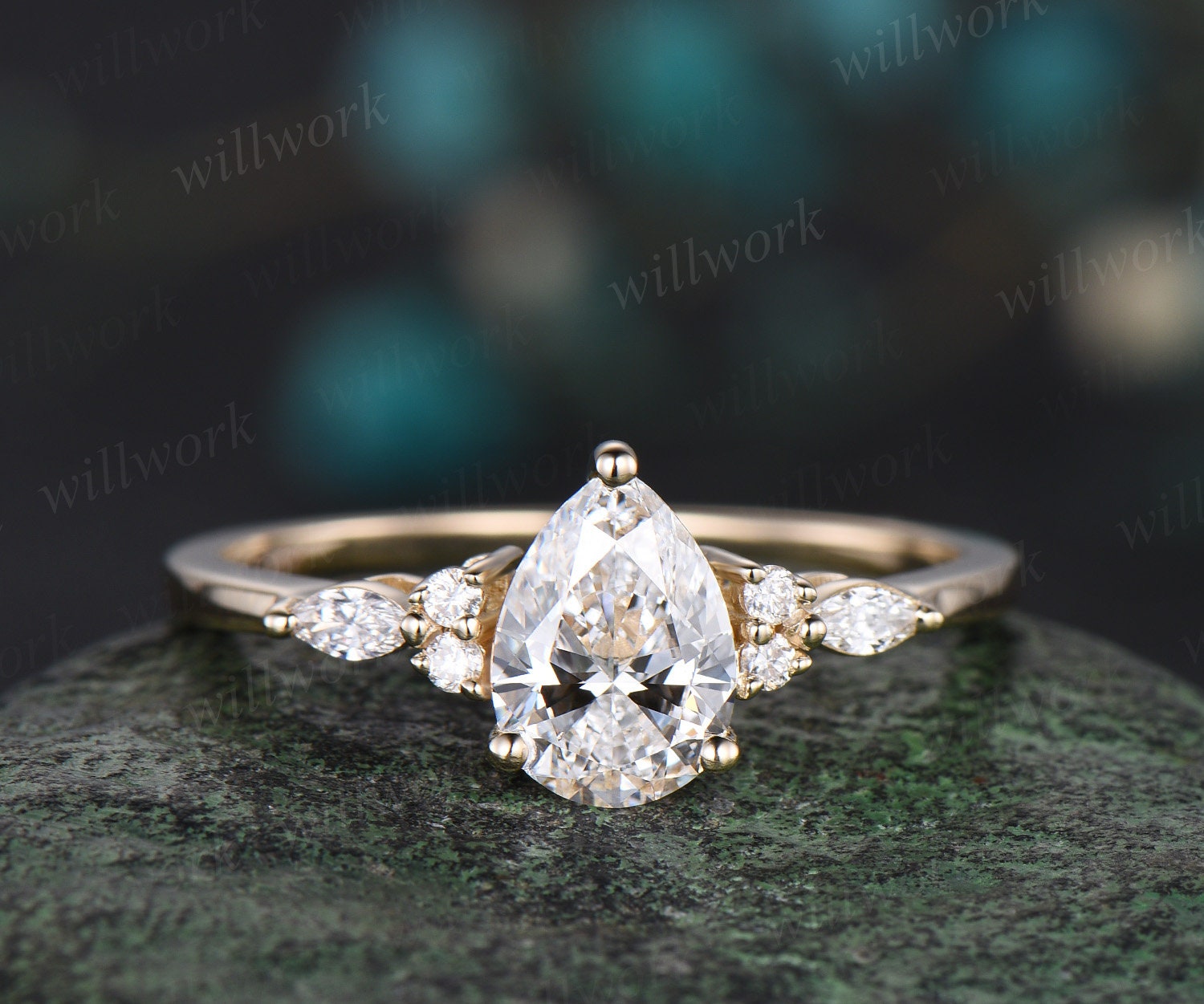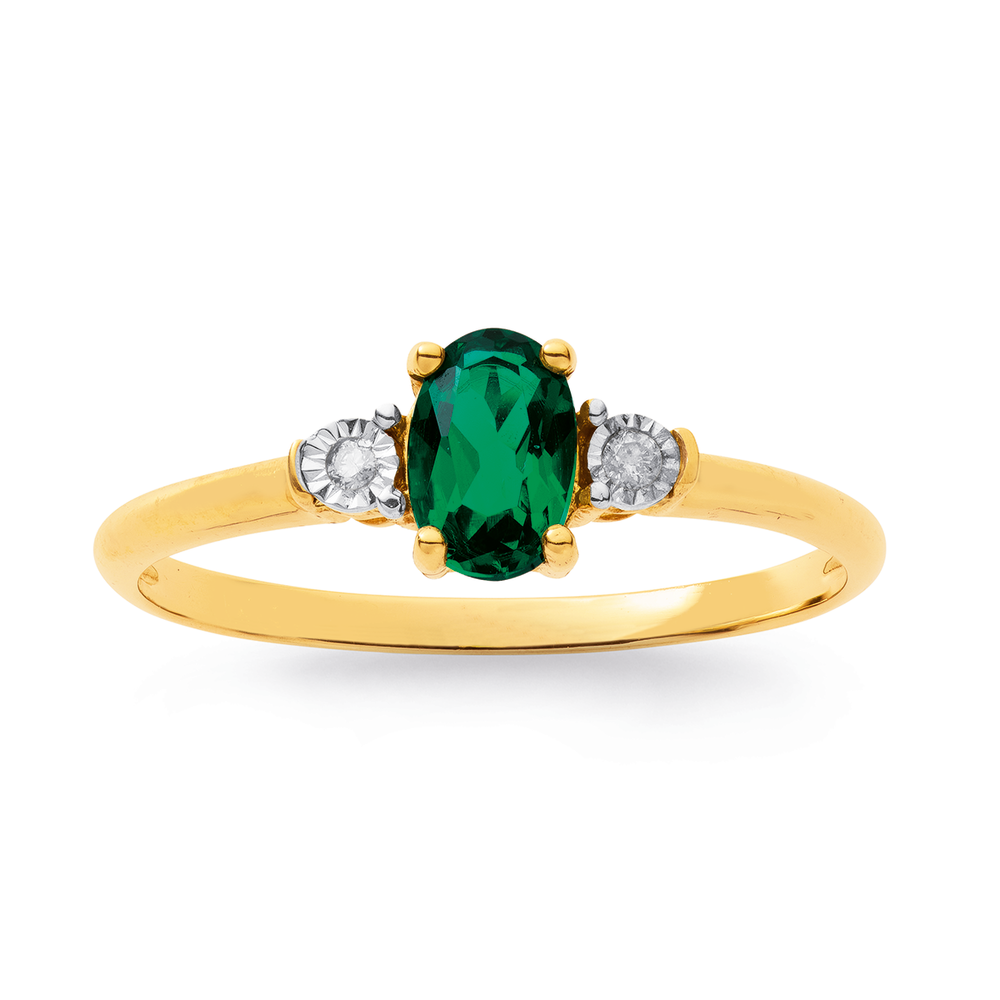When buying a diamond, whether for an engagement ring, anniversary gift, or investment, understanding the quality of the stone is crucial. The industry standard for assessing diamonds is based on the 4 Cs: Cut, Color, Clarity, and Carat. These four characteristics determine a diamond’s value and appearance.
To make an informed decision, jewelers and buyers use the Diamond 4 C Chart — a guide that helps evaluate and compare diamonds easily. Let’s break down each “C” and how it affects the diamond’s beauty and price.
What Are the 4 Cs of Diamonds?
1. Cut
The cut of a diamond refers to how well the diamond has been shaped and faceted. It affects the stone’s brilliance and sparkle more than any other factor.
-
Excellent: Maximum brilliance, precise angles, and symmetry.
-
Very Good: Slightly less sparkle but still visually stunning.
-
Good: A decent cut but with less brilliance.
-
Fair/Poor: Less sparkle, often due to shallow or deep cuts.
Note: Cut does not mean the shape (round, princess, emerald); it refers to the quality of the cut.
2. Color
Diamonds are graded on a scale from D (colorless) to Z (light yellow or brown tint). The less color, the higher the value.
| Grade | Description | Appearance |
|---|---|---|
| D | Colorless | Absolutely no color |
| E-F | Near Colorless | Minute traces of color |
| G-H | Near Colorless | Slightly noticeable color |
| I-J | Near Colorless | Slightly detectable tint |
| K-M | Faint Color | Noticeable yellow or brown tint |
| N-Z | Light Color | Increasingly visible tint |
3. Clarity
Clarity measures the internal flaws (inclusions) and surface blemishes in a diamond. Most inclusions are microscopic and don’t affect the beauty much unless you look very closely.
| Grade | Description | Impact on Appearance |
|---|---|---|
| FL | Flawless | No inclusions or blemishes |
| IF | Internally Flawless | No internal flaws, minor surface blemishes |
| VVS1-VVS2 | Very Very Slightly Included | Inclusions are difficult to see under 10x magnification |
| VS1-VS2 | Very Slightly Included | Minor inclusions visible under 10x magnification |
| SI1-SI2 | Slightly Included | Inclusions visible to naked eye |
| I1-I3 | Included | Inclusions obvious, may affect durability |
4. Carat
Carat is the weight of the diamond, man made diamonds, not the size. 1 carat = 200 milligrams. Larger carat diamonds are rarer and more expensive but don’t always mean better quality.
| Carat Weight | Common Size Description |
|---|---|
| 0.25 – 0.49 | Quarter carat |
| 0.50 – 0.74 | Half carat |
| 0.75 – 0.99 | Three-quarters carat |
| 1.00+ | One carat and up |
Diamond 4 C Chart: Summary Table
| C | Key Factor | Grading Scale | Effect on Value |
|---|---|---|---|
| Cut | Brilliance & Sparkle | Excellent, Very Good, Good, Fair, Poor | Highest impact on sparkle and beauty |
| Color | Colorlessness | D (colorless) to Z (light color) | Less color = higher value |
| Clarity | Internal flaws & blemishes | FL to I3 | Fewer inclusions = higher value |
| Carat | Weight | Fractional to multiple carats | Larger stones = higher price |
Why the 4 Cs Matter When Buying a Diamond
When shopping for diamonds, the 4 Cs provide a framework to compare stones based on quality, not just price. For example:
-
A 1-carat diamond with poor cut may sparkle less than a 0.75-carat with an excellent cut.
-
A diamond with perfect clarity but low color might look less attractive than a slightly included diamond with colorless grade.
Understanding these trade-offs lets you prioritize what matters most for your budget and taste.
Tips for Using the Diamond 4 C Chart
-
Prioritize Cut: The cut impacts sparkle and brilliance the most.
-
Balance Carat with Quality: A slightly smaller diamond with better cut and clarity can look better than a larger lower-quality one.
-
Choose Color According to Setting: Yellow gold settings can hide slight color tints better than white gold or platinum.
-
Don’t Overpay for Flawless Clarity: Most people can’t see tiny inclusions without magnification.
Conclusion
The Diamond 4 C Chart is an essential tool for anyone looking to buy a diamond. It helps demystify diamond quality, enabling smarter choices tailored to personal preferences and budgets. Remember that a diamond’s beauty lies in the balance of cut, color, clarity, and carat — not just size or price.



